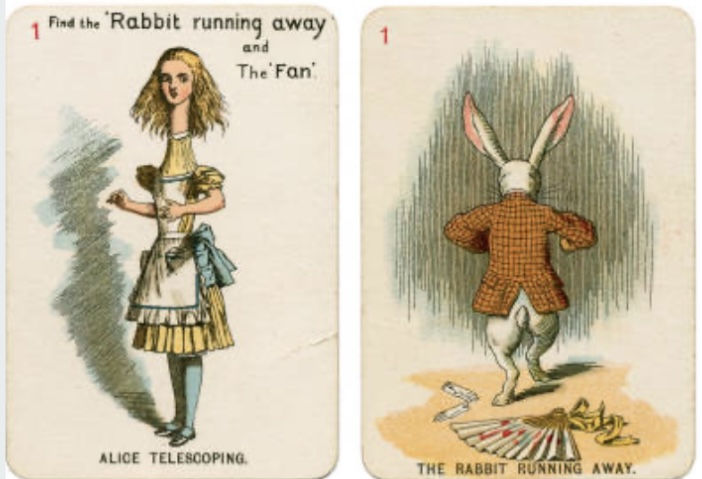
No, I don’t love you

In my latest blog post I share what I have witnessed in my work might be at the root of most unconscious fears and unhappiness in life, and relationships.
Most of the clients I have worked with in helping professions and the volunteering sector ( including addiction charities, neurodivergent charities, 12 step programmes) over the last two decades, seem to experience an almost primal fear, one which Michael Balint named ‘the basic fault’, and psychoanalytic thinkers, too many to mention here, amongst them Freud (1957) termed ‘narcissistic injury’. For most clients I’ve worked with this fear boils down to not being loved or commonly known as fear of rejection.
This fear is closely followed by fear of abandonment and the fear of feeling ‘big feelings’.
Can one love a being who does not meet our expectations? Do you love you?
Anyone who has interacted with children and animals, or their own pet perhaps, might have experienced caring for these beings without expecting anything in return. Who has not tried to pet a cat or a swan and not been met by contempt? Do you stop loving that creature?
Yet, in the tale of Alice in Wonderland, the rabbit might be viewed as not loving Alice. He is indeed portrayed as ‘running away’. One interpretation might be that it is in fact Alice who is not quite loving herself, so he runs away at any attempt she makes at connecting with him. But of course, it can also be argued, that he equally might not be able to love her because he does not seem to love himself. How can anyone shy away from receiving any expression of genuine free-flowing feelings of care overflowing from one being to another? Well if what is being offered is simply ‘alien’ to a person then that person won’t ‘compute’ ‘love’ or it will trigger feelings of fear or even dread to that being internal frame of reference. When attempt at receiving connection or love in early infancy were not ‘heard’ then the infant either ‘switches off’, ‘clings’ or expresses a combination of both. This is known as avoidant/dismissive, anxious or disorganised attachment ( attachment theory, Crittenden,2016). When an individual is able to be with their own self/feel their own feelings without projecting negative/uncomfortable feelings onto others whilst being able to be with others, this is known as ‘secure attachment’.
In the Western global north, in a predominantly white patriarchal and hyper capitalistic society ( capitalism on steroids!), we have been culturally conditioned to look for love in the ‘wrong places’ to consume even individuals, as in the case of the latest ‘Bumble dating scandal’ (see the brilliant work of Uju Anya on this*) our greatest detriment.

Yet if one was to mindfully connect within, introspect and slow down, one might find that there is no such thing as ‘inner void’. Contemplation, introspection, reflection seem to be absent in the repertoire of self-care practices for most people. Yet inner connection is accessible and available to us all, at all times. This is such a basic practice that does not seem taught in early childhood, and should be part as part of a healthy routine. We then can take care of ourself and feel our loneliness when others are not available to connect with us. Unfortunately, most of us, in the global Western North, have not been taught this. As a result many revert to addictions, develop dependencies and our ‘societal ills’ are labelled ‘mental ill-health’, a greatest disservice.
Creating a relationship with our own self in childhood and adulthood can be taught. It starts with willingness and intent, followed by a commitment to being truthful, inter and intra personally. It also might require exploring and challenging societal norms and beliefs especially those reinforcing the pursuit of love outside ourself in the form of externals:a person, possessions, a career… drugs, alcohol, over-consumption…and even self-sacrifice.
It is a journey, and can be an arduous one, especially for those of us who might have avoidant or anxious attachment patterns. But it is possible, and especially when accompanied by the right person.
If you’re interested in exploring these themes further or other matters with me in personal therapy, feel free to connect with me.
References
Balint, Michael (2006). The Basic Fault. London: Routledge. p. 21.
Brown, D.P, & Elliott, D.S. (2016). Attachment Disturbances in Adults: Treatment for Comprehensive Repair. WW Norton & Co.
Caroll, L. (1865). Alice’s Adventures in Wonderland. MacMillan.
Crittenden, P. M. (2016). Raising parents: Attachment, representation, and treatment (2nd ed.). London: Routledge.
Freud, S. (1957). On narcissism: An introduction. In The Standard Edition of the Complete Psychological Works of Sigmund Freud, Volume XIV (1914-1916): On the History of the Psycho-Analytic Movement, Papers on Metapsychology and Other Works (pp. 67-102).
Levine, P. A. (2005). Healing Trauma: A Pioneering Program.
*About the recent ‘Bumble Ads’ polemic, Uju Anya wrote: Men are 76% of Bumble users. Bumble’s main business model is selling men access to women. Bumble won’t alienate their primary customers (men) telling them to quit being shit. They’ll run ads like this to make their product (women) “better” and more available on their app for men.
